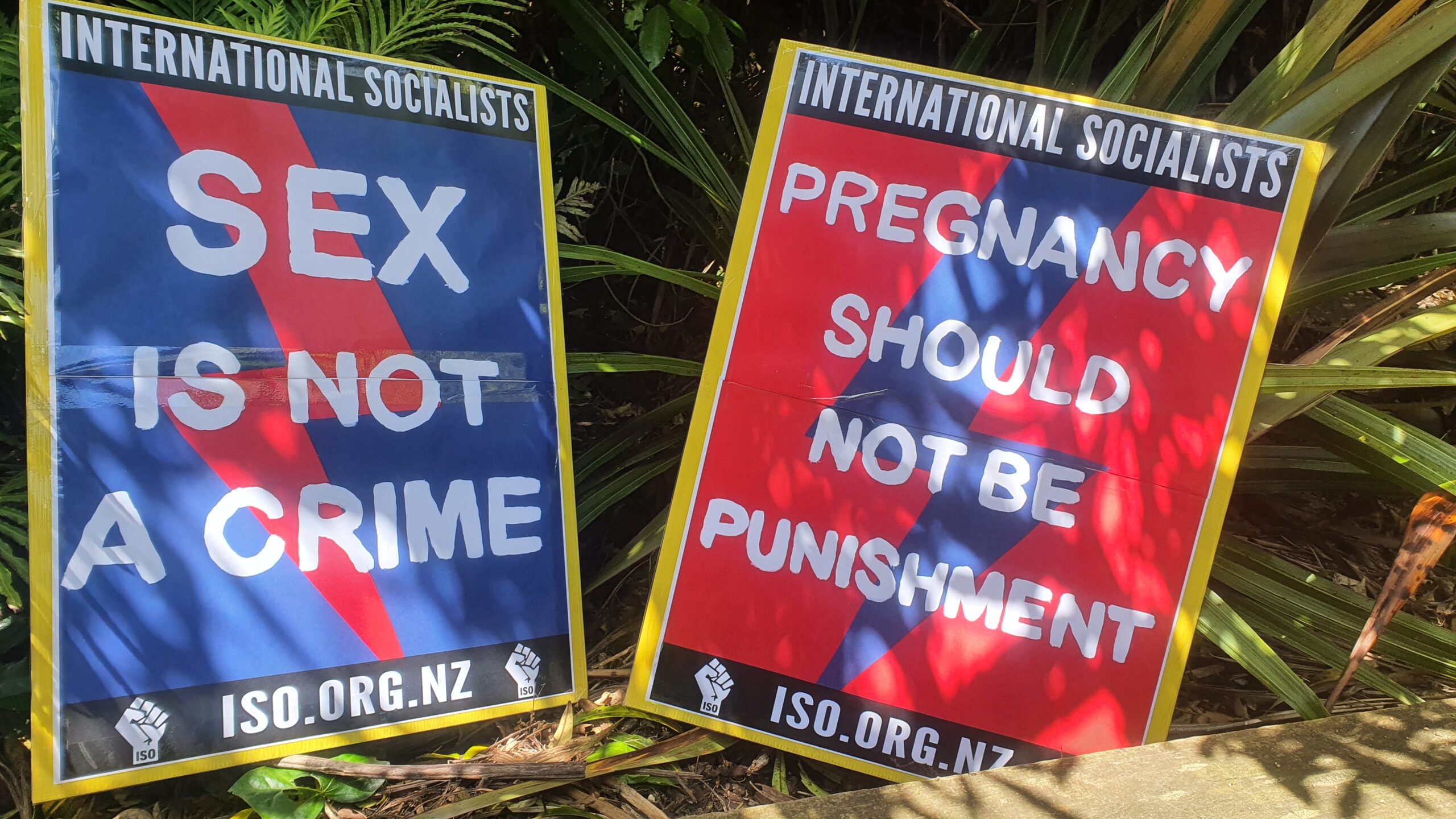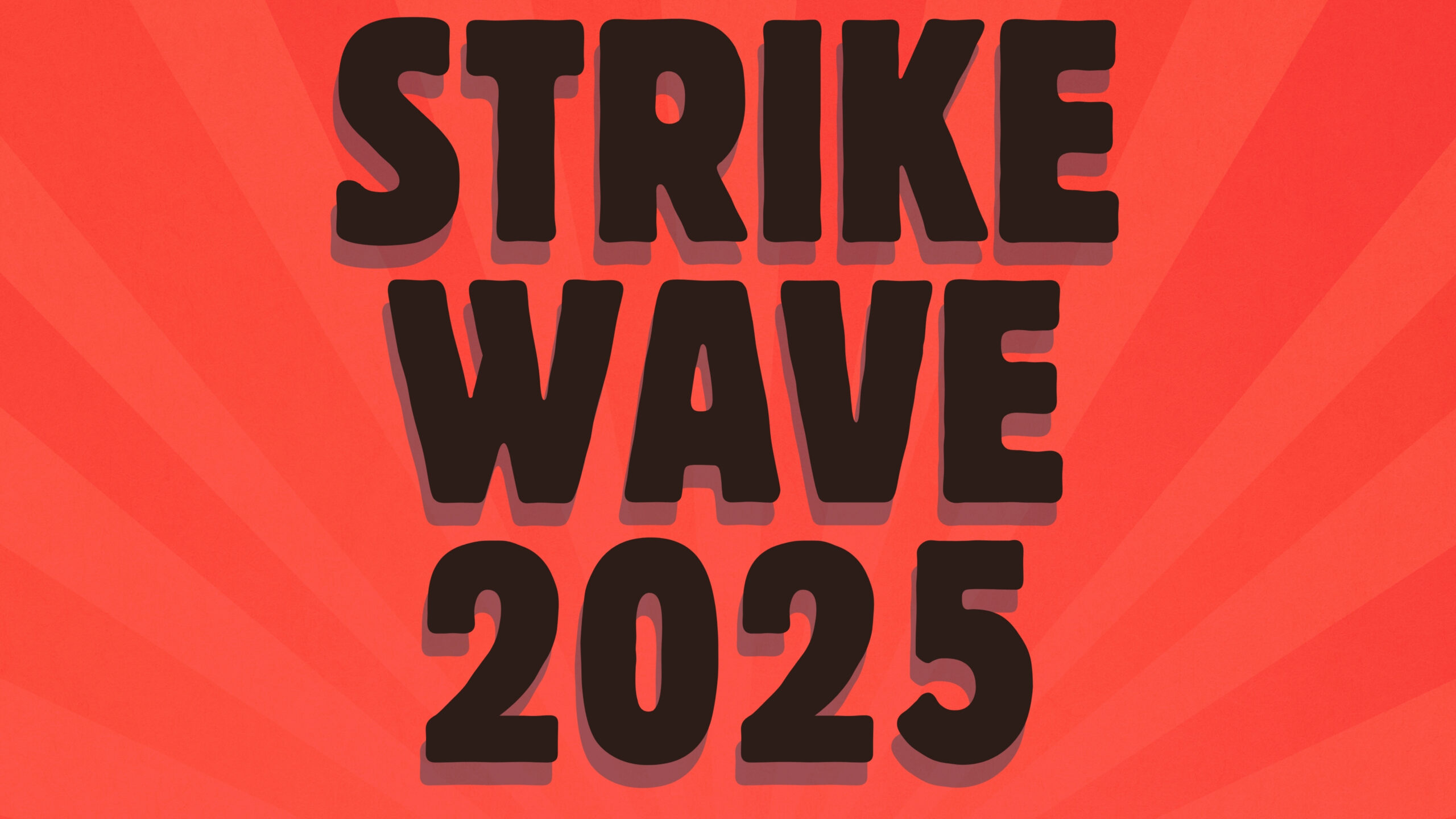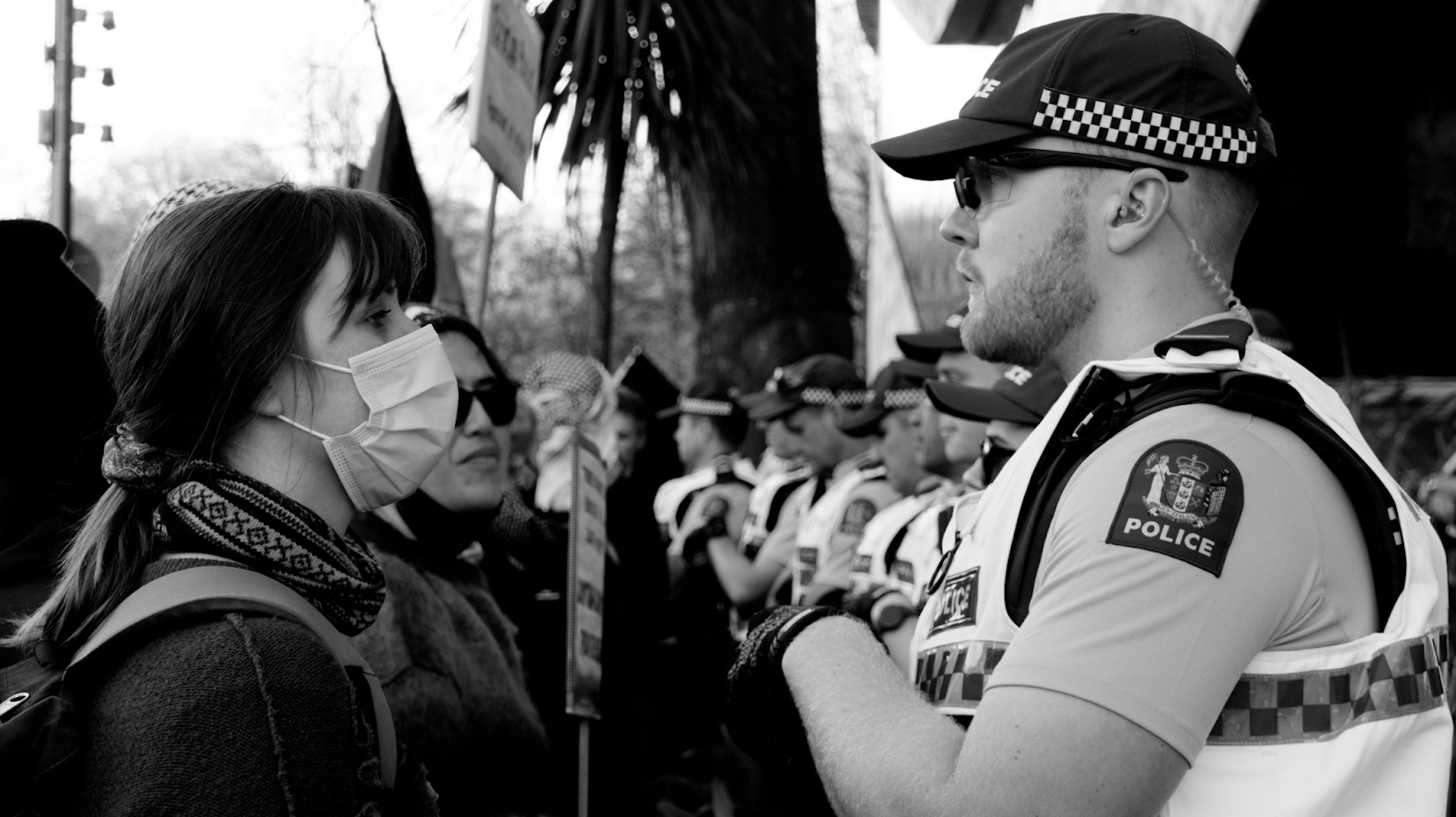Women have been terminating pregnancies for as long as they have been getting pregnant. There are records of abortion in all societies we have knowledge about, and abortions occur regardless of whether they are legal and safe or not. So this debate is not really so much about whether you are ‘pro’ or ‘anti’ abortion – they will happen regardless of that. The debate is about what rights a woman should have. According to the Guttmacher Institute, nearly half of all abortions worldwide are unsafe, and 98% of those unsafe abortions occur in the so-called ‘developing’ world.
Socialists are pro-choice – we believe in supporting the choice of women who decide to continue with pregnancies. That means supporting real benefits, the DPB, child care and ECE, all things the National government is attacking. It also means supporting free, safe, legal abortion on demand. No shame, no guilt – abortion is a woman’s right to choose.
The Background
Abortion is a surgical procedure where you can ‘abort’ an unborn foetus. After the first three months it gets complicated. Into the second tri-semester then there is a bigger chance that you will damage yourself and not be able to have children later on in life. But – contrary to the myths of the anti-abortion campaigners – the vast majority of abortions occur very early in a pregnancy. Many newspaper articles on abortion carry a picture of a woman very visibly pregnant – in reality the majority of abortions occur early in a pregnancy. Late abortions usually involve very serious and life-threatening situations.
Let me tell you a little story. I was reading in the Otago Daily Times about a solo anti ‘anti abortion protest’ protest. That’s a mouthful and a half! He was one voice that stirred up a little bit of tension in the anti-Abortion protest’s ranks by turning up with a large sign that had the word Dick on it with an arrow pointing to the protesters. As I was laughing to myself about this young man’s audacity my friend turned to me and said, “what are you laughing about? Abortion is wrong: so are you for or against?” So I explained I what I believed. She turned round and said that I couldn’t be pro-abortion rights and a Christian. Why is life so black and white?
History
Before the 19th century inEngland, common law held that an abortion was permissible if carried out before quickening (fetal movements) i.e. about 18-20 weeks gestation. In 1803, in the reign of George III, Lord Ellenborough’s Act was passed, a repressive “law and order” measure which meted out harsh penalties for a whole range of offences including abortion. Penalites included death or being transported to the colonies. Abortion was a felony both before and after quickening although the punishment before quickening was less severe. The English 1861 Offences Against the Person Act revised penalties and made it an offence not only for the woman to procure her own an abortion but for anyone else who attempted to procure an abortion, whether or not the woman was actually pregnant. In other words, the history of attacks on abortion rights is connected to the construction of the nuclear family and the discipling of women into their role as reproducers of the next generation of workers: as women come to be defined more and more as ‘wives and mothers’ in an idealised nuclear family it is necessary to control their reproductive rights.
And in 1866 New Zealand adopted this law. In 1908 The Crimes Act defined when a child becomes a human being within the meaning of the statute. Section 182 relates to the “killing” of a child before or during birth. In 1961 A more liberal law was passed in the United Kingdom in 1967 which allowed socio-economic circumstances to be taken into account, but New Zealand did not follow suit.
The Women’s Liberation movement in the 1970s forced abortion rights into public consciousness. Groups like ALRANZ (the Abortion Law Reform Association) and WONAAC (the Women’s National Abortion Action Campaign) emerged and organised street protests, lobbies of MPs, huge public meetings and a network of activists prepared to stand up to the anti-choice forces and to promote abortion rights. The “Sisters Overseas Service” also played a very important role helping get women who needed terminations toAustralia, where there were more liberalised services.
Due to this campaigning and the intense public debate a Royal Commission of Inquiry on Contraception, Sterilisation and Abortion was established by the Labour Government under Prime Minister Rowling in 1975. Under Muldoon’s first term there was a bill introduced that attempted to restrict abortion services in public hospitals.
The Current Law
In December 1977 National introduced the Contraception, Sterilisation, and Abortion Bill. After many amendments and one all-night sitting, it was passed on 15 December 1977. Parliament also amended the Crimes Act and seven other Acts. Panels were discarded in favour of “certifying consultants”. The new procedures for obtaining an abortion came into effect on 1 April 1978 under the supervision of the new body, the Abortion Supervisory Committee.
Although there have been some reforms since then – and the Abortion Supervisory Committee have pointed out how unworkable parts of the Act were – this is, more or less, the legal situation we still have. For this reason it is important to dispel a myth: the 1977 Act was not a ‘compromise’. Most campaigners at the time saw it as a defeat, and no woman MP voted for it. So today, a generation on, women still rely for their abortion services on an Act voted for by only male MPs, and one which keeps abortion in the Crimes Act. They have to jump through multiple hoops to access termination services – seeing as many as five doctors – and, in some parts of the country, have access to very limited services.
The 1970s legislation is outdated, oppressive, and unworkable. It needs to change. Abortion needs to come out of the Crimes Act.
The Contemporary Picture
A total of 16,630 abortions were performed in New Zealand in the year ended December 2010, down from 17,550 in 2009, and the lowest number since 2001 (16,410 In 2010, 10,220 abortions were the woman’s first abortion, down from 11,100 in 2009. About 27 percent of women having an abortion in 2010 reported having had one previous abortion and 12 percent reported two or more).
Early abortion (under 12 weeks from the time of the last normal menstrual period) is one of the safest procedures carried out in hospitals and clinics throughout the world. There is very little risk associated with abortion, particularly in early pregnancy. In the first 20 weeks, abortion is much safer than giving birth. There is no evidence to suggest a straightforward abortion has any effect on future fertility or any other aspect of general health.
There are however a small number of possible complications: these include extra bleeding; retained tissue or clots, infection (endometritis), allergic reactions, perforation of the uterus (womb), and failed abortion (continuing pregnancy). Most risks are greater with a later pregnancy and more like the risks associated with childbirth. Making access to abortion services easier, then, is one way to reduce risks women face.
Abortion rarely causes lasting negative consequences and there may be positive outcomes. The emotional side effects of an abortion will vary from one woman to another. Some women report a sense of relief after having an abortion. The question most people have is, “What are the potential emotional and psychological risks following an abortion?”
Emotional and psychological effects are more common than physical side effects and can range from mild regret to more serious complications like depression. Women need support, not judgement and guilt – this is as true for women who decide to terminate a pregnancy as for those who continue with one.
There’s a lot of talk about the potential costs of having an abortion; what about the costs of having a baby? Yes they are a adorable and you can dress them up like a doll, but after that they become a problem. They need love, care, attention, and nappy changing. All those things that you can forget about when you’re holding a child: you just give it back. But there’s no giving it back if it is yours. Anti-abortionists often say think about the child. But that is the point: every child needs to be a wanted child.
It’s only men who voted for the current law, but of course men can’t get pregnant. Why then are they controlling women’s bodies?
We say that abortion is a woman’s right to choose.
This is adapted from a talk given to the Dunedin branch of the International Socialists by Amy McCarthy









